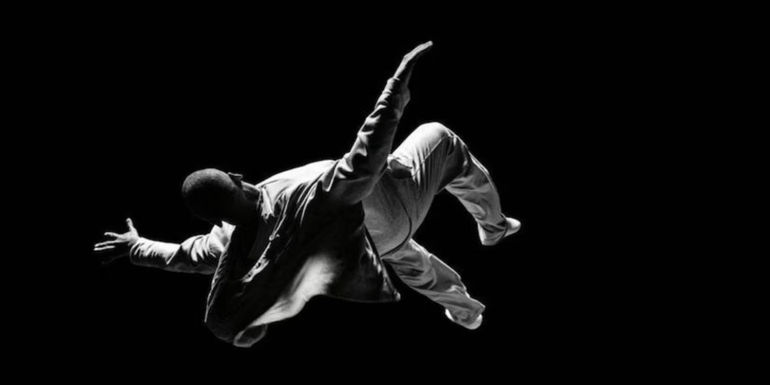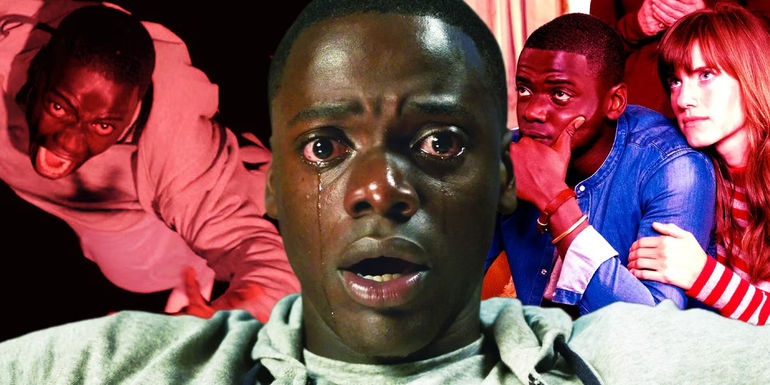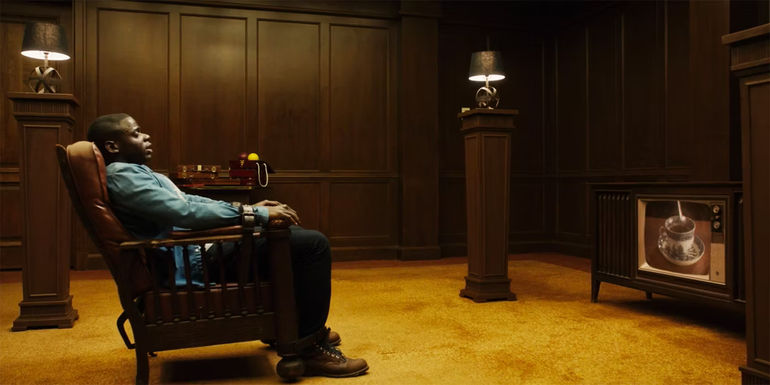
The Emotional Journey of Get Out: A Cinematic Masterpiece

Exploring the profound impact of the movie Get Out and the emotional journey of its creators and actors.
The Groundbreaking Narrative of Get Out
In 2017, the horror genre witnessed a groundbreaking moment with the release of Jordan Peele's directorial debut, Get Out. This cinematic masterpiece intricately wove together psychological terror and acute social commentary, transcending traditional horror tropes to delve into the depths of racial tensions in America.
Chris Washington (Daniel Kaluuya) falling backward into the Sunken Place in Get Out
The film revolves around the story of Chris Washington, a young Black man, who visits his white girlfriend's mysterious family estate. Peele's masterful storytelling and thought-provoking narrative made Get Out a cultural phenomenon, sparking widespread discussions about race, identity, and the Black experience in America.
A collage of Chris in the Sunken Place, Chris crying, and Chris and Rose sitting on the stairs in Get Out
The Impact and Success of Get Out
Despite its minuscule budget of $4.5 million, Get Out raked in over $255 million worldwide at the box office, solidifying its status as a commercial and critical success. The movie's impact was further underscored by its nomination for Best Picture and its win at the Academy Awards for Best Original Screenplay.
Chris Washington (Daniel Kaluuya) hovering in the Sunken Place in Get Out
Get Out became a cultural touchstone, igniting conversations about its portrayal of race and identity. It seamlessly blended horror, satire, and humor, captivating audiences with its thought-provoking and satirical elements.
Chris in the Sunken Place in Get Out
The Emotional Core: The Sunken Place Scene
At the emotional core of Get Out lies the infamous 'Sunken Place' scene, a pivotal moment that deeply affected its creator, Jordan Peele. This scene, which serves as a metaphor for the marginalization of Black people in America, holds profound emotional gravity and raw depiction of helplessness and alienation.
Chris falling into the Sunken Place
Peele's personal and societal connection to the 'Sunken Place' scene is evident in his revelation about the emotional journey he experienced while writing it. His tears underscore the depth of the scene and its significance as a cinematic and emotional landmark.
Chris (Daniel Kaluuya) restrained in a chair in front of an old television in Get Out
Daniel Kaluuya's Extraordinary Performance
Daniel Kaluuya's portrayal of Chris Washington in Get Out is nothing short of extraordinary, particularly highlighted in his ability to evoke powerful emotions, notably in the 'Sunken Place' scene. His dedication and nuanced approach to acting, where he draws upon personal memories and sensory experiences, speak volumes of his exceptional talent and commitment to his craft.
Kaluuya's unique techniques, such as associating emotions with colors, offer insight into the psychological depth he brings to his roles. His ability to consistently deliver a profoundly human experience in the 'Sunken Place' scene is a testament to his exceptional talent and the impact of his performance.
A Cinematic Experience
Get Out remains a cinematic masterpiece that continues to resonate with audiences, igniting profound discussions about race, identity, and societal dynamics. Its impact transcends the boundaries of the horror genre, leaving an indelible mark on the cinematic landscape and the cultural conversation surrounding race in America.



















